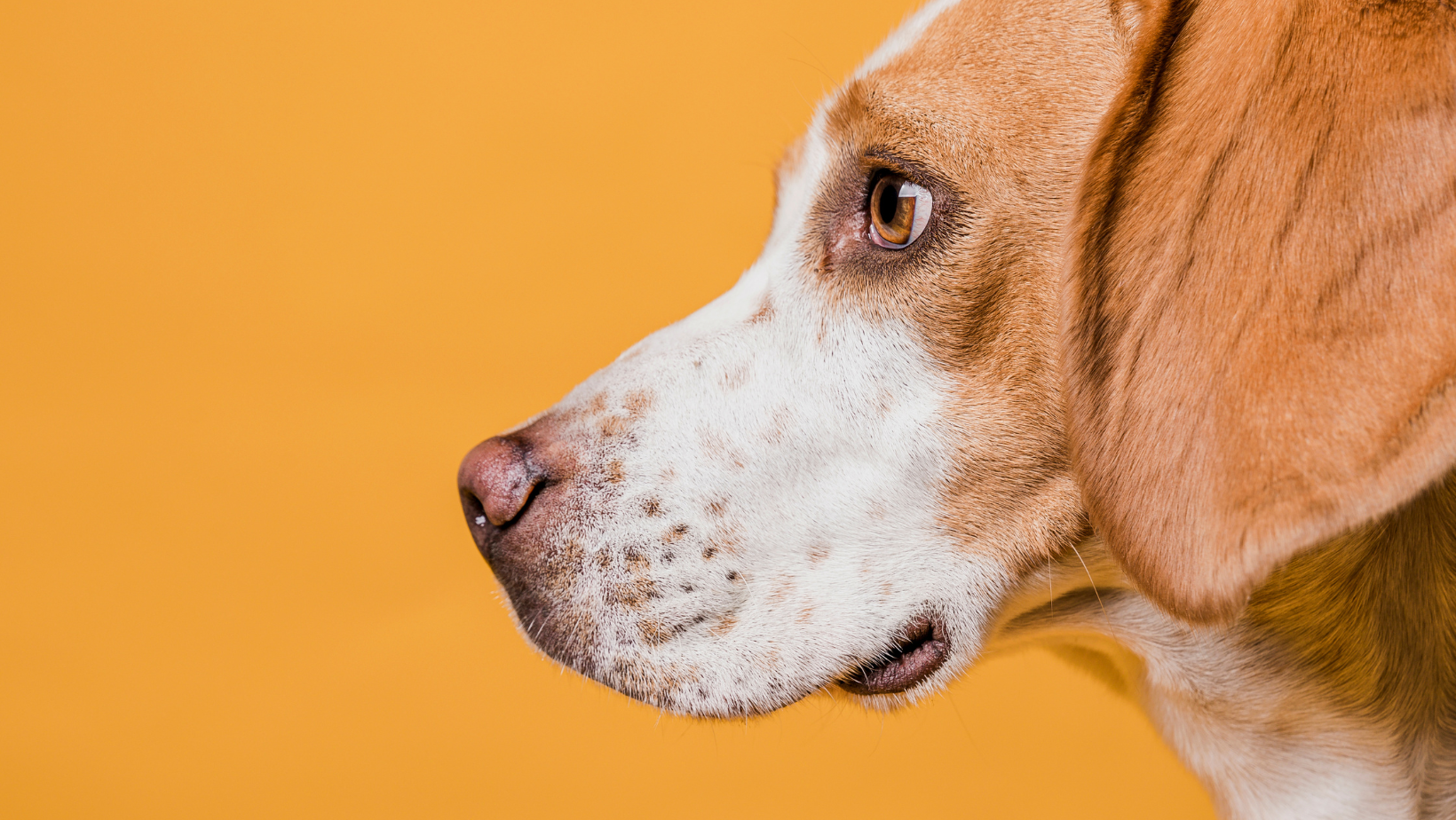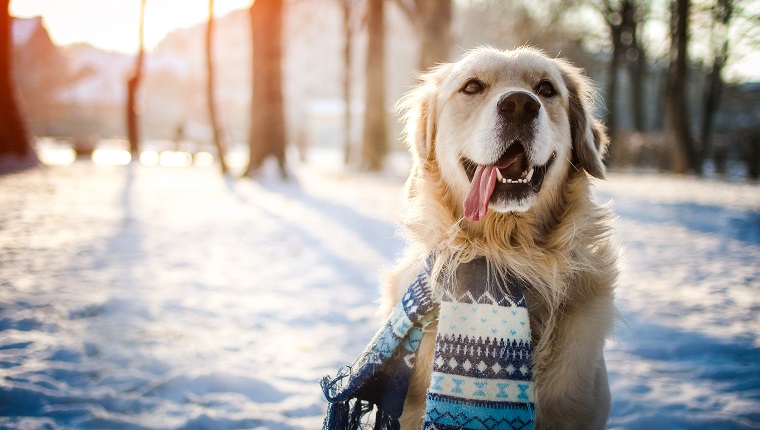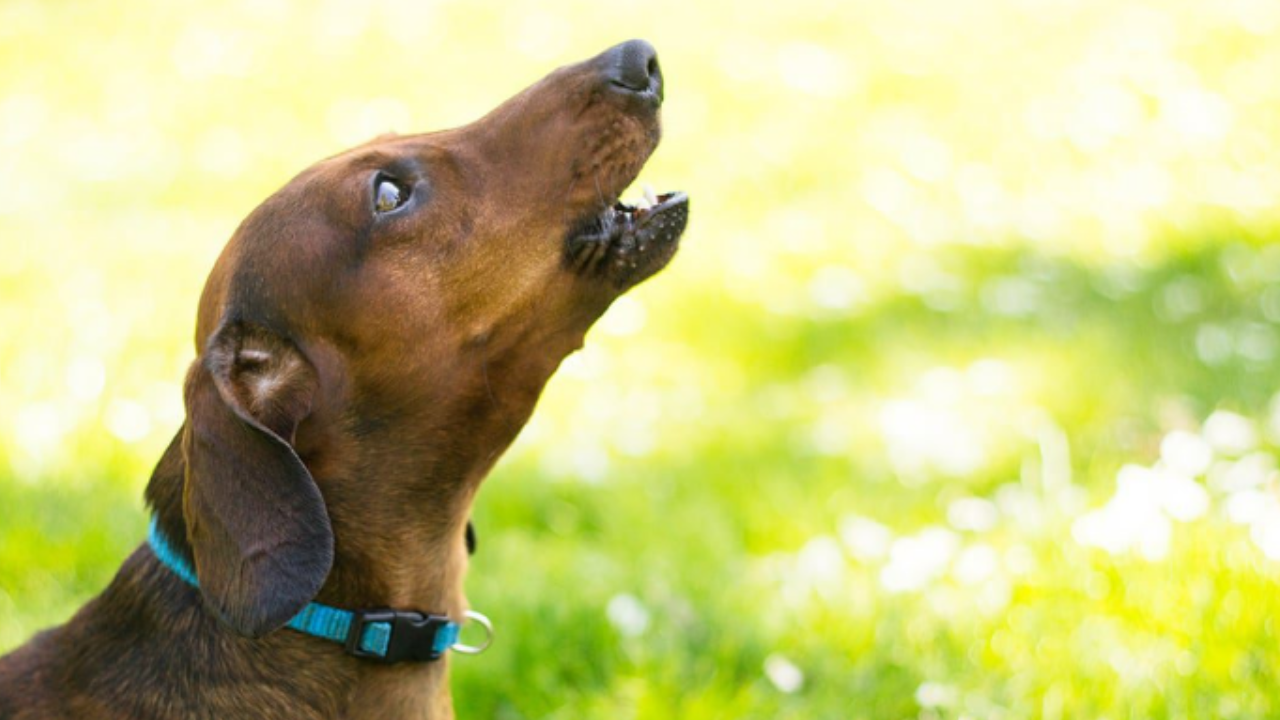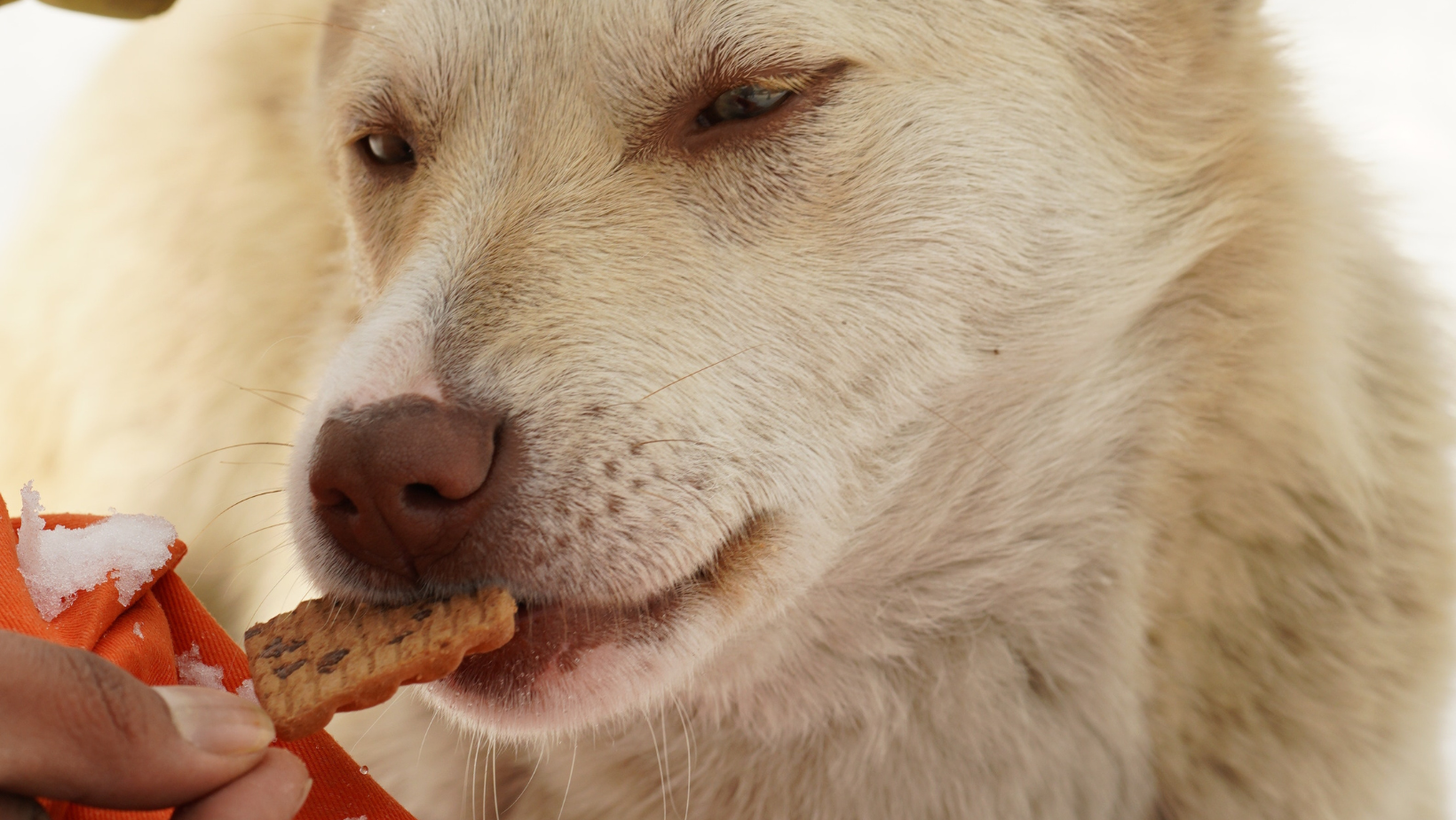Distichiasis in Dogs

Is your dog often having eye infections or does he have watery eyes? In dogs, this might be an indication of distichiasis. This illness causes your dog to grow additional eyelashes, which can rub against his eye and create a variety of problems.
If you see anything wrong with your dog’s eye, take him to the doctor immediately once. Even minor eye problems can escalate to more serious and even permanent problems. If your dog has distichiasis, there are a few easy operations that can help him live a pain-free life.
What is Distichiasis in Dogs?
Distichiasis is a disorder that occurs when the eyelashes grow at the borders of the eyelid instead of the typical sites. Many of these eyelashes are near to the eye, on the border of the eyelid. They’ve even been seen to develop beneath the eyelids. “Extra eyelashes” is another name for this problem.
These additional eyelashes are frequently found on delicate lashes. Although these silky eyelashes may not pose any difficulties for your dog, the hairs might become quite stiff and cause irritation in his eyes. Your dog’s lashes can easily brush against the surface of his or her eye, causing corneal ulcers. Corneal ulcers are uncomfortable and can result in scarring on the surface of your dog’s eye, reducing their eyesight.
Who can get Distichiasis?
Although the exact cause of this condition is unknown, it is thought to be inherited. Distichiasis can affect any dog breed, however it is more frequent in the following dogs:
- Cocker spaniel
- American cocker
- Bulldog
- Poodles
- Cockerpoos
Whether you have one of these dog breeds, you may easily check their eyelids to determine if there are any additional eyelashes contacting the surface of their eye. Whether this is the case, your veterinarian should examine your dog’s eyes to determine if this may create any problems in the future.
Signs of Distichiasis in Dogs
The symptoms of distichiasis vary depending on the severity of your dog’s ailment. Dogs with merely a few additional eyelashes may show no symptoms at all. Mild watering of the eyes and discharge onto the face may occur in some people. If your dog has severe distichiasis, these eyelashes will rub against his or her eye, perhaps causing corneal ulcers or inflammation. The eyes of these dogs are frequently inflamed and uncomfortable. It’s possible that your dog isn’t blinking or squinting. To figure out what’s causing this extreme eye irritation, a veterinarian examination is required.
Treatment of Distichiasis in Dogs
Distichiasis in dogs is only treated if the hairs are causing discomfort or other problems such as conjunctivitis or ocular ulcers. These problems will continue to occur if the hairs continue to touch the eyes. There are two alternatives for treating this problem: non-surgical solutions and surgical repair.
Non-surgical treatments
If the problem is minor, your veterinarian may be able to help you with non-surgical solutions. The use of ocular lubricants in your dog’s eye will assist to enhance the tear film and minimise inflammation on the eye’s surface. This is useful for minor situations.
If only a few additional eyelashes are present, your veterinarian may be able to pluck them with tweezers or forceps to prevent them from rubbing against your dog’s eye. If the additional eyelashes aren’t too noticeable, this may be a possibility.





